By Veronika Szabó
Introduction
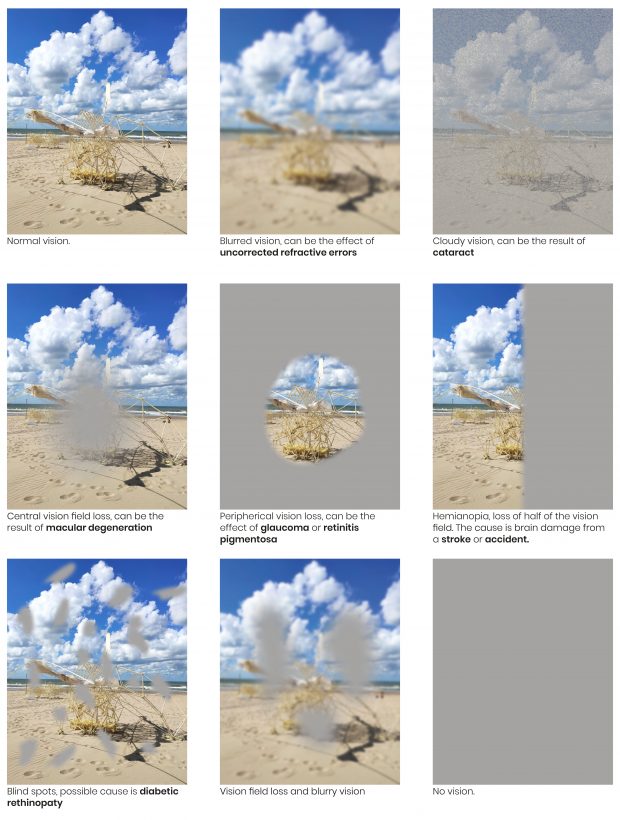
Figure 1: “Disabled people do not share a single experience” (Pullin, 2011). Effects of different conditions on the field of vision.
VIPs (Visually Impaired People) are facing impairment related issues in various life areas. In the core of many of the adverse effects are issues with mobility. To move around independently, sighted people rely strongly on the visual navigation cues provided by our environment. Losing vision means also losing a lot of this independence. This results in the fear of losing control, social isolation, unemployment, financial difficulties and depression (Bartiméus sonneheerdt, 2014; Rees et al., 2010; Teitelman & Copolillo, 2005). To maintain their independence, many VIPs turn to mobility aids.
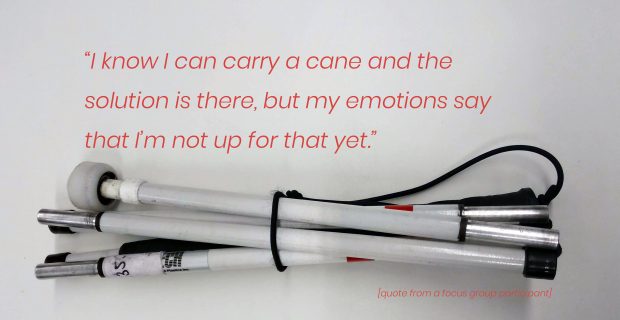
Figure 2. The cane can evoke negative emotions.
The design of the white cane, the most used mobility aid, hasn’t really changed since the mid-20th century. It feels unappealing and outdated. Affected by the social stigma, users feel self-conscious with a cane in the hand, some even decide not to use it, despite the mobility limitations resulting from such a decision.
The aim of the DotBot project is to make it possible for VIPs to regain control over the image they create in the social setting. To make it possible for them to only show vulnerability when they mean to, and show competence when that is their intention.
Research
The design phase was preceded by a three-month research phase, starting with a brief desk research period. But only a limited understanding can be gained by doing only desk research. By using field research methods, gathering first-hand experiences and personal contact with the user group a better level of understanding and empathy is reachable, which are serious assets in the design phase. The research activities in this phase were conducted to explore emotions surrounding the white cane and VIP (Visually Impaired People) mobility.
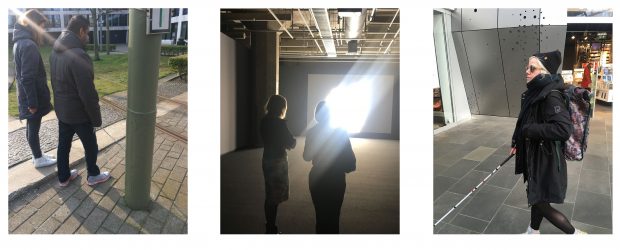
Figure 3. Some of the research activities (from left to right): Observation of a cane walker training; Observing Margot Scheltema during daily activities; Myself during the autoethnographic study.
Autoethnographic studies were conducted in collaboration with Thijs te Velde, to build a base of self-experience concerning VIP mobility struggles. By the aid of observation studies, group sessions and interviews (in collaboration with Visio Den Haag and Margot Scheltema), different perspectives were represented. The most important mobility struggles and attitudes concerning mobility aids were identified. Positive aspects of VIP life and the inherent dilemmas were also collected.
Design goals
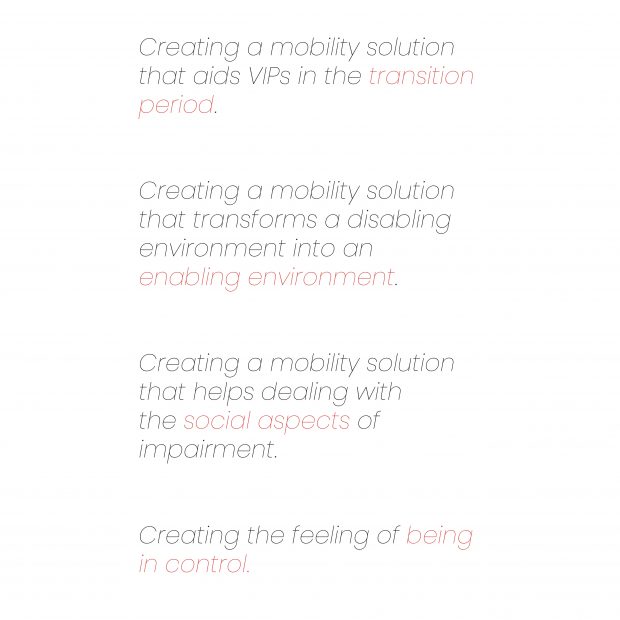
Figure 4: The synthetized findings of the research phase lead to a refined set of goals.
Validation
During design process, several aspects of the DotBot concept were tested with VIP participants. In the first validation session, insights on information needs during navigation were collected. In the second validation session the envisioned interaction and feedback types were evaluated by the help of functional prototypes. An aesthetic prototype was also created to show the envisioned proportions and form of the device.
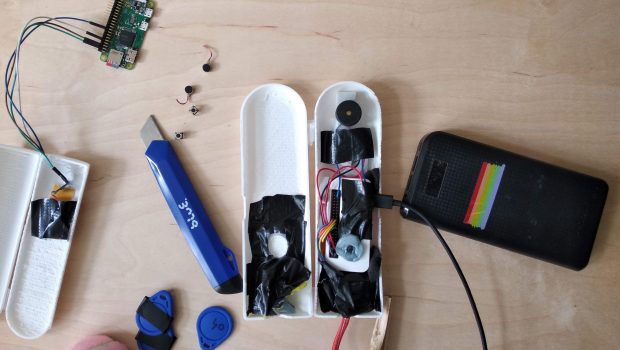
Figure 5: Iterative prototyping was used during the course of the project to explore the functionalities and user interaction of the concept.
Final design
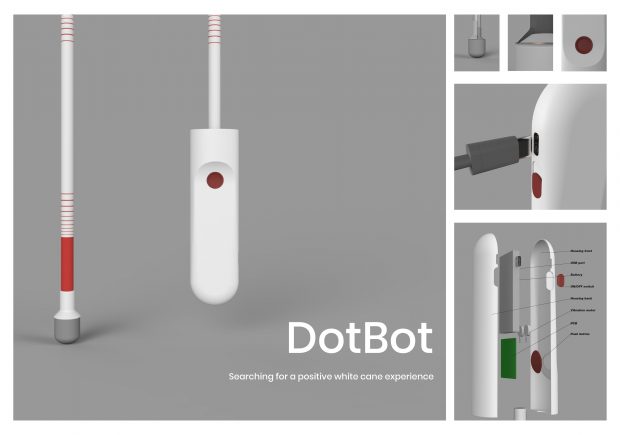
Figure 6. The DotBot concept.
The Dot Bot is a navigation aid consisting of a network of location-specific navigational and environmental information nodes (Dots). The Dots can be accessed by a white cane. The information is stored in the form of audio descriptions created by the members of the virtual DotBot community. This way the virtual community facilitates the creation and sharing of impairment specific commuting know-how.
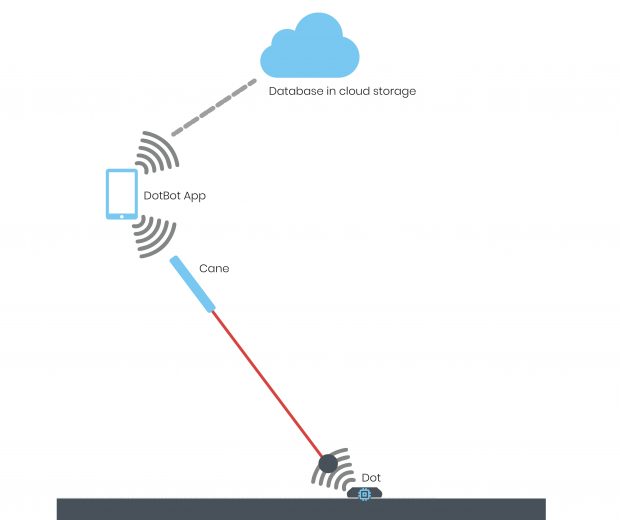
Figure 7. Building blocks of the DotBot concept: the Dots, the Cane, the Dot Database and the DotBot app.
The information Dots make use of existing infrastructural elements in the tactile paving. It is aimed to enhance the perks of being part of the VIP community, enhancing feelings of connectedness and belonging. The semantic qualities of the cane are preserved, to keep it recognisable and ensure user safety in commute.
However, there are moments where the effects of impairment are preferred to keep private. For this reason, I aimed to limit the need to ask for directions and aid VIPs in cultivating pride and the feeling of competence through exercising their ability to navigate autonomously. The way the information is stored and accessed supports this: for the outsider eye accessing information from a road stud on the tactile paving is invisible.
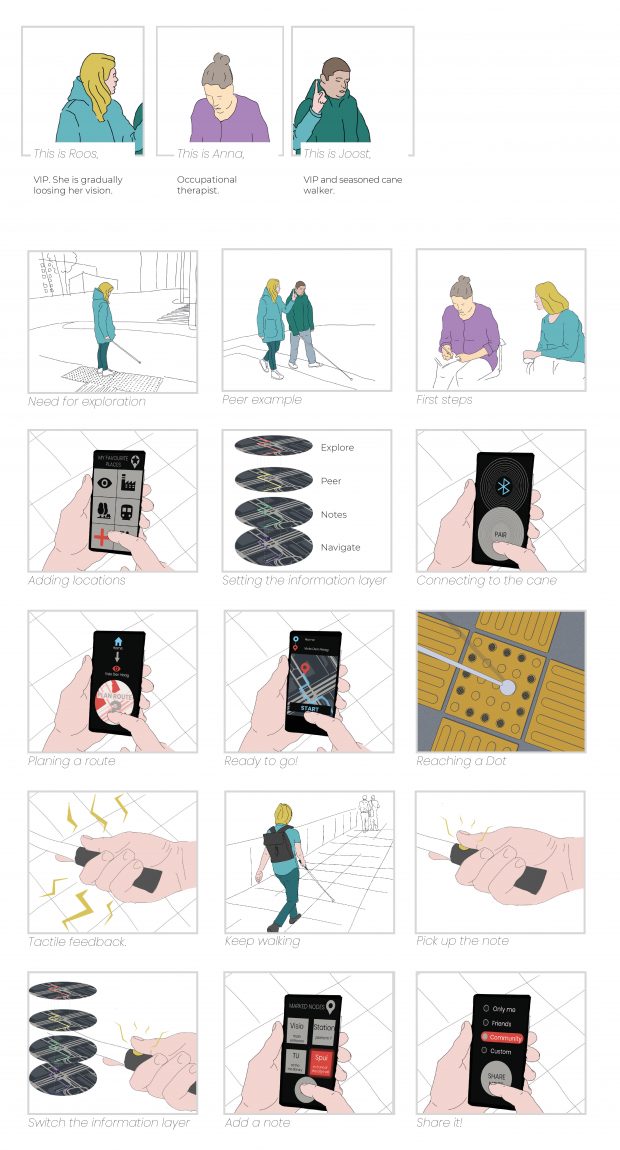
Figure 8. Use scenario of the Dot Bot system.
References
Bartiméus sonneheerdt. (2014). Feiten & cijfers over blind of slechtziend zijn. Retrieved January 21, 2019, from https://bartimeusfonds.nl/wp-content/uploads/2014/05/BARTI1305_factsfigures4.pdf
Pullin, G. (2011). Design Meets Disability. MIT Press.
Rees, G., Tee, H. W., Marella, M., Fenwick, E., Dirani, M., & Lamoureux, E. L. (2010). Vision-specific distress and depressive symptoms in people with vision impairment. Investigative Ophthalmology and Visual Science, 51(6), 2891–2896. https://doi.org/10.1167/iovs.09-5080
Teitelman, J., & Copolillo, A. (2005). Psychosocial issues in older adults’ adjustment to vision loss: Findings from qualitative interviews and focus groups. American Journal of Occupational Therapy, 59(4), 409–417. https://doi.org/10.5014/ajot.59.4.409



